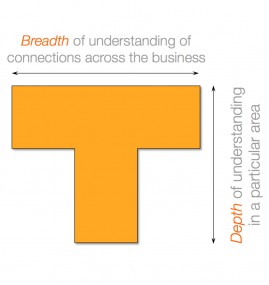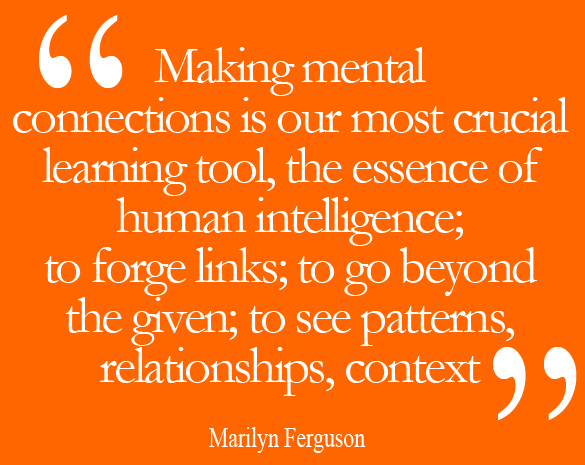No, it’s not an example of our bad spelling; it’s a way of overcoming ‘silo thinking’ and looking at a critical leadership quality necessary for establishing joined-up thinking and behaviour.
Beyond the Function…
Most big, positive changes in business – for example, bringing to life a new strategy, creating a new consumer proposition, delivering a breakthrough innovation, executing a new go-to-market strategy – get done through multi-disciplinary teams. Even coordinating the many moving parts of the routine operations of a large organisation hinges on cross-functional processes and collaboration.
Despite this, ‘silo-thinking’ is still prevalent in many organisations and although this silo behaviour damages performance, breaking through these thick ‘silo walls’ presents a huge challenge. While there are many approaches, from the organisational to the operational, that can be taken to weaken these walls – developing ‘matrix’ organisations, networks and communities of practice; to easing the flow of information through better technology or the use of internal social networks; to introducing cross-functional processes and routines, and everything in between – there is an underlying capability that needs to be built throughout the organisation and led from the top. The ability to make connections across organisational boundaries.
A prerequisite for developing joined-up behaviour is a compelling and unifying purpose for the entire organisation – a picture of the future we are creating together; our ideal world. Focusing the organisation on such an overarching objective will heighten the need to break down functional silos and force more ‘cross-boundary’ thinking and coherent action – cross-functional, cross-divisional, cross-geography, cross-channel – and for many organisations, this is not the norm. Countless organisations still undermine this cross-boundary behaviour with functional measures, incentives and a mind-set that assumes total business performance is merely a ‘sum of the functional parts’. Beyond putting barriers to collaboration in place, when this approach of ‘business excellence equals the sum of individual functional excellence’ is taken to extremes it entrenches functional behaviours, pitting departments and divisions against each other, rather than against the external competition.
‘T’-Shaped People and Capabilities
In an increasingly complex, unpredictable and interconnected world, developing ‘functional expertise’ alone is not enough. Creating the environment to nurture joined-up behaviours requires leadership beyond functional boundaries. We need to develop ‘T’-shaped people and ‘T’-shaped Capabilities.
 This ‘T’ represents both deep functional expertise and broad business knowledge and commercial acumen. A ‘depth’ of functional knowledge and specialism needs to be complemented by a ‘breadth’ of business understanding and strategic context.
This ‘T’ represents both deep functional expertise and broad business knowledge and commercial acumen. A ‘depth’ of functional knowledge and specialism needs to be complemented by a ‘breadth’ of business understanding and strategic context.
Developing capabilities – at the individual, team and organisational levels – along these complementary dimensions, and exploiting the interdependencies between them is critical to building collaboration, agility and resilience, and enabling the total to be more than the sum of the parts.
In any organisation there are a few individuals who naturally embody these ‘T’-capabilities – the informal ‘networkers’ who know how to create shared objectives and get others to buy-in to them, develop mutually beneficial relationships founded on reciprocity, and can corral information and mobilise resources without ‘formal’ control. What is amazing in most larger organisations is how much of the work really gets done through these ‘informal’ relationships, rather than through the ‘formal’ structures. To exploit the opportunities that come from acting in a joined-up way – the organisational agility, the effectiveness that comes with this alignment, and the ability to focus the organisation on strategic goals – it is essential to develop this joined-up capability more systemically.
Leadership’s Role
The fact that many organisations suffer from ‘silo-behaviour’ offers an opportunity. Organisational alignment is a largely untapped strategic advantage and, unlike the vagaries of the marketplace or the actions of the competition, is one that resides completely in our control. This alignment and organisational capability development can only be led from the top. Senior leadership have a unique vantage point on the ‘critical connections’ across the business, how these are affected by changes in the operating environment, and are uniquely positioned to decide how to use these to our advantage – a powerful example of the Law of Perspective at work. Senior leadership also have the power to create the environment and can influence joined-up behaviour throughout the organisation in many ways:
- By demonstrating joined-up behaviour – leading by example, for instance through the communication of overarching business purpose and strategic goals that transcend functional boundaries, and through the routine cross-functional decision-making processes (e.g. objective setting, S&OP, IBP, Innovation processes, etc) communicating the importance of the connections and demonstrating collaboration in action
- By instilling joined-up behaviour – ensuring their people develop the critical connections across functions, establish collaborative processes and relationships in support of business objectives, and stamp-out any silo-thinking or parochial behaviour wherever they see it. The opportunity to ‘design-in’ alignment and cross-boundary behaviours – for example through organisational design, the networks of performance measures and incentives – is the exclusive domain of leadership
- By developing joined-up behaviour – through establishing capability building programmes that cultivate both functional excellence and the critical connections at the individual, team and organisational levels, and by proactively using ‘teachable points of view’ and coaching opportunities to bring to life the desired behaviours.
Establishing these connections and nurturing joined-up behaviours creates a new tension between different perspectives across the business. Instead of a negative tension pitting different parts of the organisation against one another, it creates a positive tension driving collaboration and creativity towards how to achieve a common goal. Managing this tension requires a different leadership style than managing purely ‘vertically’ through functions and emphasises the ‘horizontal’ interdependencies across the organisation. While this leadership style will manifest itself differently in different companies it is founded on leveraging the connections across the business in pursuit of improved performance – getting people to work together to deliver sustainable results – surely one of the high-impact leadership activities.
Delivering sustainable results – strategy, innovation, a brand promise – is synonymous with leading change and managing across functional boundaries. Without joined-up behaviours, and the ‘T’-shaped Leadership to make them happen, sustainable results are highly questionable.
So, maybe Leadership should have a ‘T’ in it?


Comment (1)
Comments are closed.